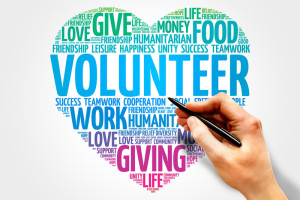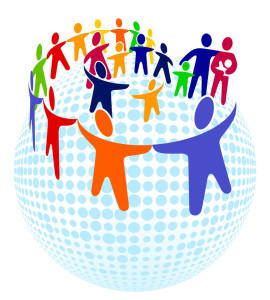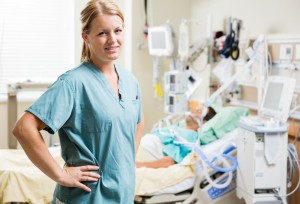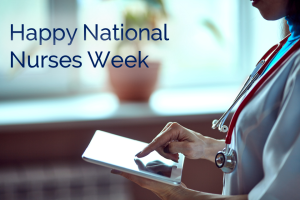One piece of advice I give young people is that they don’t have to decide what they want to do for the rest of their life at age 22. Just think of all the jobs that didn’t exist 10 years ago and what might exist 10 years from now.
from now.
As we acknowledge the nurses among us for National Nurses Week, think how much the nursing field has changed over the years and how many opportunities and different paths nurses can take these days. There is a growing need for nurses with informatics training but that is just one possible path among many.
My oldest daughter is a nurse practitioner. But she didn’t start there when she went to college. She got her undergraduate degree in hotel and restaurant management with a minor in business. She wanted to do travel and tourism – and see the world. On graduation day she looked at me and said, “Mom, I don’t know what I’m going to do with my life that’s meaningful, but I don’t think it’s travel and tourism”. I looked at her and said, “Just get a job and then figure it out”. That was the response of a parent having just put their oldest of two children through college and anxious for her to get started in the full-time work world. Can all you parents of young adults relate? Or did I sound like a callous and unsupportive parent?
She floundered for a year or two after college with a couple different jobs including work in the travel industry for a short time. But she started thinking early on after graduation about becoming a nurse. Whenever she talked to me about it, I told her she’d be a great nurse – super organized, able to multi-task better than anyone I knew, with fabulous people skills. But I also told her that she’d have to buckle down and study the sciences if she wanted to be a nurse.
She considered her options and decided to pursue a combined nursing / nurse practitioner program getting her second bachelor’s degree then her masters. She had found her passion! Continue reading








